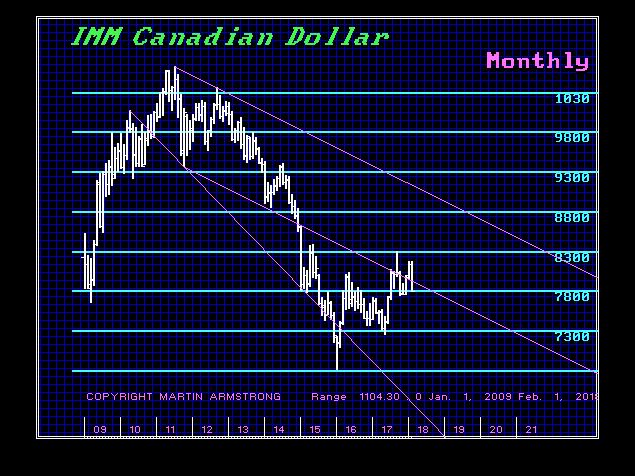Economic Outlook
While President Trump insults his erstwhile foreign partners in a colorful twitter tirade ahead of a G-7 (or rather, G-6+1) summit in Quebec, exposing the very real fragmentation of longtime western partnerships as the US cracks down on unfair foreign trade practices, a productive meeting between China’s “Emperor for Life” Xi Jinping and Russian President Vladimir Putin has been completely overshadowed, as Bloombergpoints out.
The two leaders held their first meeting this year on Thursday ahead of the June 9 Shanghai Cooperation Organization meeting – an eight-member group led by China and Russia – which will be held in the port city of Qingdao.
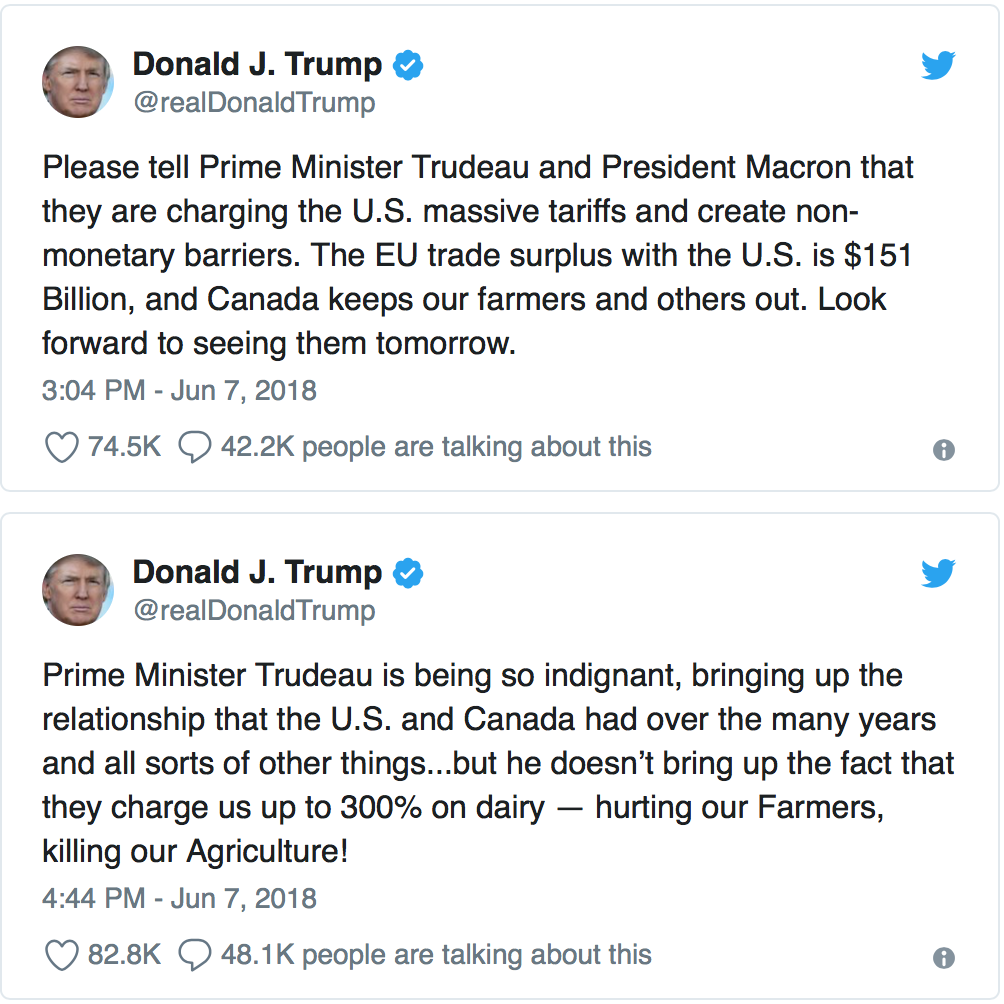
But the west is ignoring the burgeoning partnership between the two countries – both permanent members of the UN Security Council – at its own peril. Because Putin and Xi are playing an ever-expanding role in resolving global disputes like, for example, the dispute between the US and North Korea.

Yahoo Finance is tracking the performance of the economy under President Donald Trump, compared with six prior presidents going back to Jimmy Carter. We’ve chosen six key economic indicators that directly affect the well-being of ordinary Americans, with data provided by Moody’s Analytics… CLICK to see the full report

Peter Schiff makes the case that probably inspired White House chief economic advisor, former Goldman Sachs president and free trade advocate Gary Cohn to resign from President Donald Trump’s administration. Michael Campbell also disagrees with Trump in his passioned comment HERE – Robert Zurrer for Money Talks
Trump Plays with Fire on Trade
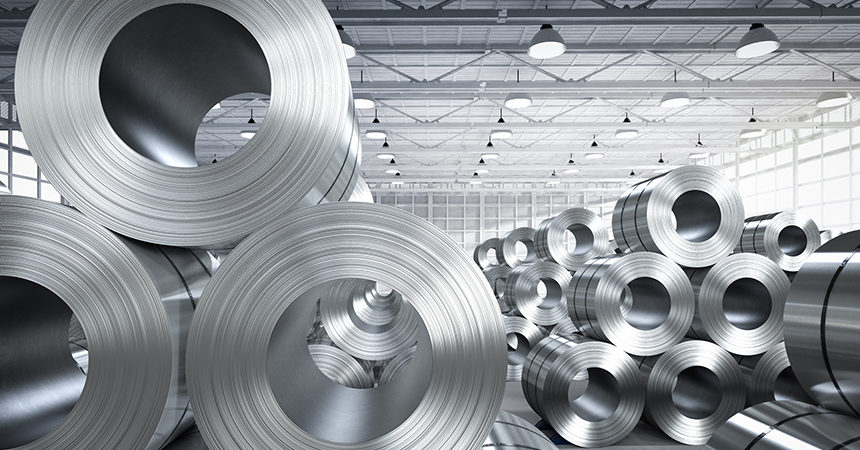 With his announcement last week of broad tariffs on imported steel and aluminum, President Trump launched what could be the first salvo of an all-out global trade war. Seemingly itching for a fight, he gleefully tweeted that “Trade wars are good, and easy to win.” It seems like Trump thinks the conflict will play out much like Ronald Reagan’s 1983 week-long invasion of Grenada rather than the more telling quagmires that unfolded in Vietnam, Afghanistan and Iraq. He’s wrong.
With his announcement last week of broad tariffs on imported steel and aluminum, President Trump launched what could be the first salvo of an all-out global trade war. Seemingly itching for a fight, he gleefully tweeted that “Trade wars are good, and easy to win.” It seems like Trump thinks the conflict will play out much like Ronald Reagan’s 1983 week-long invasion of Grenada rather than the more telling quagmires that unfolded in Vietnam, Afghanistan and Iraq. He’s wrong.
Apart from overestimating America’s bargaining position, Trump and his supporters grossly misunderstand the nature of international trade and how Americans have benefited from a system that has allowed us to continually consume foreign goods on credit. While this “benefit” has also placed a cost on domestic industries, I don’t believe that Trump has any idea how a trade war can reduce current American living standards.
As justification for his surprise offensive, Trump likes to highlight how America’s gargantuan annual trade deficit (which has grown to more than $600 billion during his presidency) is simply the yardstick by which “stupid” American trade policies are subsidizing foreign economies. In his mind tariffs are just a means to take back what we have foolishly given away. As Trump explained via Twitter ” When we are down $100 billion with a certain country and they get cute, don’t trade anymore – we win big.” But does a country with a trade deficit really subsidize the country with the surplus? Or is it the other way around?
Let’s suppose you keep chickens at home, and your neighbor has a cow. Everyday you trade a half dozen eggs for a quart of milk. This is the nature of trade. You offer something that you have in abundance (that other people don’t) for something that someone else has in abundance (that you don’t). But let’s suppose you eat a few of your chickens and your egg production drops to four per day. You continue to get your quart of milk, but everyday your neighbor adds two eggs to the account that you owe. Theoretically, you will one day owe your neighbor a whole bunch of eggs. But, in the meantime, does that two-egg deficit represent a benefit to you or your neighbor? Remember your neighbor still has to deliver the same amount of milk for less of a current payoff. He MAY get that deferred compensation down the road, but he’s not getting it now. And with every egg you go into the hole, the greater the chances that your neighbor may ultimately get stiffed.
Who is likely to be worse off if this trade were to suddenly stop? Remember, you are not the only potential trading partner available to your neighbor. Maybe the house across the street will give him six eggs for his milk?
The eggs/milk deficit that you have with your neighbor allows you to consume more than your production capacity would typically allow. While this is a definite benefit to you now, it does dissuade you from making the sacrifices necessary to increase your egg production. Your own industry atrophies while your neighbor’s doesn’t. But so what? You still get all the milk you need.
The point of an economy is to maximize consumption. Since goods cannot be consumed that have not been produced, it goes without saying that production is a necessary precondition to consuming. But, if given the choice, most people would be happy to outsource the production to someone else and concentrate solely on the consumption. But in the real world such an arrangement is untenable over the long term.
Of course your milk/eggs trade arrangement will be a problem if your neighbor cuts off your credit and demands full payment. Then you are stuck with a big debt, reduced egg production, and no milk. But, for America, that day has yet to come. For now, our trading partners are happy to take our debt rather than our goods. But if Trump starts making more unreasonable demands, they may not be so willing.
It’s helpful to remember that a tariff is essentially a tax that will be paid by domestic consumers. It’s not like American producers will keep prices where they are and simply manufacture more steel to make up for the lost imports. Instead, prices will likely rise to almost the same level as the taxed imported products. Profits at American steel companies will increase, but production probably won’t.
The manufacturers will know that the artificial political barrier protecting them could be removed at any time. Will they take the risk in investing in plant and equipment capacity when they know that removal of the tariffs would instantly eliminate their advantages and expose them to losses? Given the thin support that such tariffs will have beyond the narrow steel industry, it’s safe to assume that current manufacturers will stand pat and use the extra profits to issue dividends and buy back shares. To a lesser extent, they may increase wages for the nation’s 140,000 steel workers. But this industry-specific benefit will come at a great cost to the overall economy.
Raising the cost of steel would also raise the cost of every American product manufactured with steel. Right now the discussion is focused on beer cans, with people arguing about how many cents per soup can the tariffs will add. But this is just the tip of the iceberg. The real impact will be seen for metal-intensive items that are manufactured both here and abroad.
While the Trump tariffs will directly raise the price of imported steel (and indirectly the price of domestic steel), it does nothing about the price of goods made FROM steel. So a domestic manufacturer of home appliances, such as Whirlpool, will have to pay more for steel used to make a refrigerator. But its foreign competitors will be able make refrigerators with untaxed steel and then ship the finished product to the U.S. without facing a tariff. This will give the foreign firm a competitive advantage over Whirlpool both at home and abroad. Whirlpool will shed profits and may shed workers. So whatever advantages are given to steel manufacturers will be paid for by companies and workers that use steel. The problem for Trump is that there are only 140,000 domestic workers in the steel-making industry, but more than six million workers in industries that make stuff FROM steel. (American Iron & Steel Institute)
Trump’s gambit is also politically ham-fisted. He likes to say that his tariffs are aimed at bad actors like China. But that country is far down the list of steel exporters to America. The move really hits our close allies first, particularly Canada, a country that accounts for 16% of our steel imports, according to a December 2017 report from the Dept. of Commerce. But 50% of U.S. steel exports GO to Canada. Total cross-border trade between the U.S. and Canada in 2016 came in at more than $600 billion annually, according to the Office of the U.S. Trade Representative. That’s a very big applecart to push over for a comparatively small gain.
Potentially even more dangerous is the way the tariffs will be implemented. By absurdly claiming that they are being done in the interest of “national security” rather than economic advantage, the Trump administration is inviting embarrassing losses at the World Trade Organization, which combined with a rapidly deteriorating diplomatic environment could further isolate the U.S economically.
The big problem is where it all ends. Already major voices in the European Union (particularly from Germany) have threatened retaliatory tariffs on politically and symbolically sensitive American exports like bourbon, blue jeans, and Harley-Davidson motorcycles. Trump has threatened to tax European cars, if the EU follows through on those threats. Given the personalities involved, and the national pride at stake, it’s not hard to see that this tit-for-tat could escalate quickly and lead to a full-blown trade war on multiple fronts.
But this is not a war we can win. A decline in imports will force us to rely on our own production to meet all of our consumption. But we no longer make large categories of products that we consume. Even if we were to be able to ramp up production quickly, American consumers would be looking at much higher prices. With plenty of indications that inflation is already starting to percolate, now is not a time to go out looking for more.
But most concerning is the likelihood that a large decline in trade translates into a diminished international appetite for U.S. dollars. With government borrowing about to surpass $1 trillion annually (even while the Federal Reserve itself is set to begin selling more than $600 billion annually in Treasury bonds) we will need to find lots of buyers for U.S. dollars for years to come. If a trade war discourages those buyers, the dollar will fall and interest rates will rise even faster. But it could get much worse than that. If a recession forces the Federal Reserve into another round of quantitative easing, we will desperately need foreigners to show up at our bond auctions. If they don’t we will lose the ability to export our inflation, and all the excess liquidity will remain at home, where it will push up prices on the limited domestic supply of goods and services. This means even higher prices for American consumers, many of which will also be unemployed. The combination of rising unemployment and inflation will be bad politics for Trump, as it will allow democrats to use the “misery index” to defeat him in 2020 much as Ronald Reagan used it to defeat one-term Democratic Jimmy Carter forty years earlier.
Let’s hope that Trump’s bluster on trade is just a negotiating tactic. Maybe he’s crazy like a fox, and his threats will produce a favorable outcome for the U.S. But given his international unpopularity, and how quickly world leaders have mobilized for war, I wouldn’t count on it. More likely his blunders on trade will simply move our day of economic reckoning that much closer.
Best Selling author Peter Schiff is the CEO and Chief Global Strategist of Euro Pacific Capital. His podcasts are available on The Peter Schiff Channel on Youtube.

Martin Armstrong takes apart the steel tarrif’s and their substantial impact on Canada, the largest exporter of steel to the United States. This all on top of the decline in investment in Canada’s Oil industry. Martin also disentangles the market action around the world yesterday March 5th – Robert Zurrer for Money Tallks
Foreign direct investment into Canada has absolutely plunged during 2017 to the lowest since 2010. There has been an effort to stop the sale of any property to foreign investors mainly from China. On top of that, there has been also a collapse in capital investment into the oil industry. There are fears also rising about an exodus of capital from the nation’s oil patch and worries about the fate of the North American Free Trade Agreement (NAFTA).
Direct investment into Canada declined by a stunning 26% dropping to merely $33.8 billion during 2017, according to Statistics Canada. Capital inflows have declined for the second year with the major high in 2015 in accordance with our Economic Confidence Model. The investment that did take place was from reinvested earnings of existing operations. Net foreign purchases of Canadian businesses turned negative for the first time in a decade. This means that foreign companies sold more Canadian businesses than they bought. The political shift in Canada to the left is also being seen as a political risk for the years ahead. A monthly closing BELOW 7305 on the futures will signal the collapse of the C$ is underway once again.
….also from Martin:
Canada Will be the Most Impact by a Steel Tariff
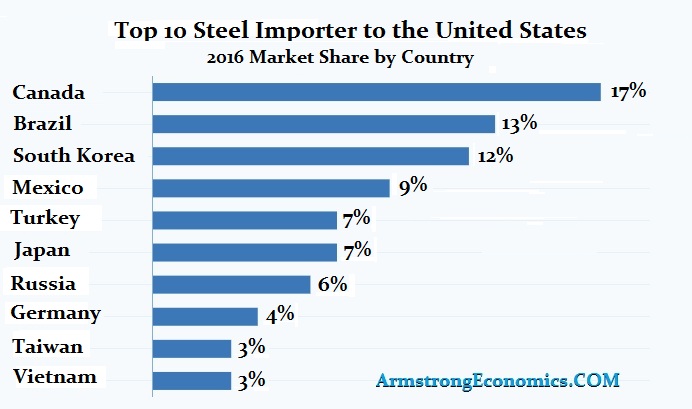
Canada is the largest exporter of steel to the United States. The decline in the Canadian dollar has helped this trend in particular. Trump is clueless when it comes to the impact of currency on foreign trade. If he wants to do tariffs, they MUST be indexed to the currency. Failure to do that will cause serious consequences as the dollar rises on the world financial markets in the years ahead. He will create a trade war globally and politicians on both sides remain ignorant of foreign exchange and its 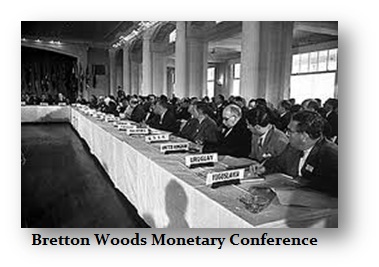 impact upon trade numbers.
impact upon trade numbers.
I have stated many times that the entire system of trade is in a state of confusion. Following Bretton Woods, currencies were fixed to the dollar which in turn was fixed to $35 per troy ounce of gold. Therefore, the accounting system ONLY measured the amount of currencies moving back and forth. It was assumed that you imported more goods if the amount of outflow of dollars increased. Consequently, the way we measure trade today has NOTHING to do with the actual amount of product moving internationally. If you spent more dollars but the dollar declines in value by 20%, then even an increase in imports measured in dollars by 20% was not an indication that you purchased more goods – it was simply net currency movement.
…..also from Martin:

 The Mexican axolotl salamander can regrow lost limbs in a matter of weeks which includes the bones, muscles, nerves and the whole enchilada. When scientists sought to map its DNA to figure out how it does it, to their shock, it turned out to be more than 10 times bigger than that of human DNA. Indeed, it had 32 billion base pairs of DNA making it the largest genome ever sequenced, according to Nature.
The Mexican axolotl salamander can regrow lost limbs in a matter of weeks which includes the bones, muscles, nerves and the whole enchilada. When scientists sought to map its DNA to figure out how it does it, to their shock, it turned out to be more than 10 times bigger than that of human DNA. Indeed, it had 32 billion base pairs of DNA making it the largest genome ever sequenced, according to Nature.
The project has taught us a few new lessons. A gene called PAX3, was previously considered to be essential to the development of an organism. This gene was completely missing from the genome. Instead, the related gene PAX7 appears to have taken over those critical functions. What they discovered was several genes unique to axolotls and other amphibians that are linked to regeneration.
Well, they may be still decades away from regrowing limbs, but sequencing the axolotl genome was a giant step forward for mankind in decoding how this ability to regrow limbs can evolve and function. It may also lead to the development of new methods to heal wounds faster.
….also from Martin”




